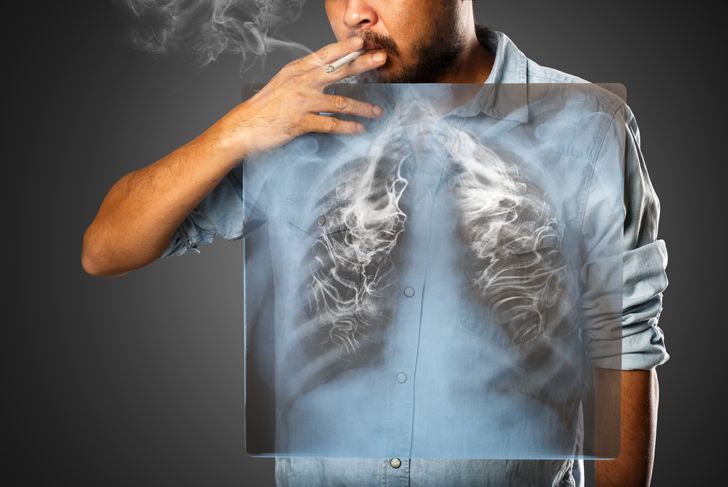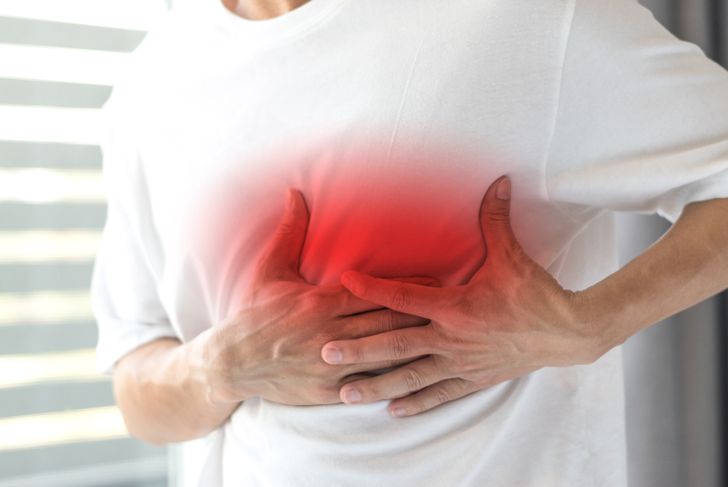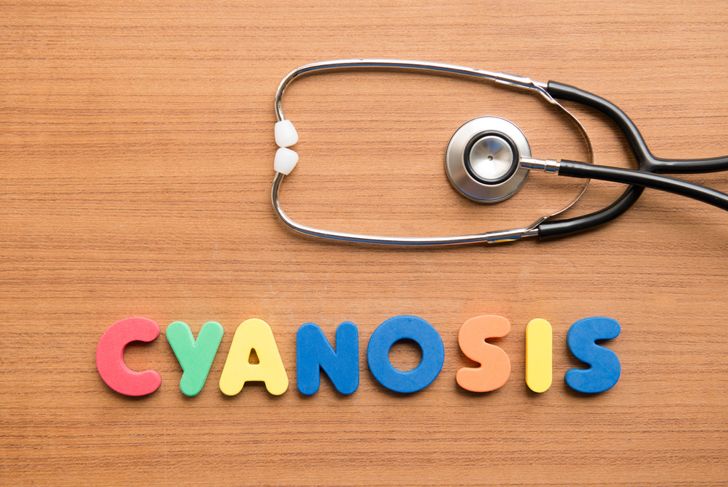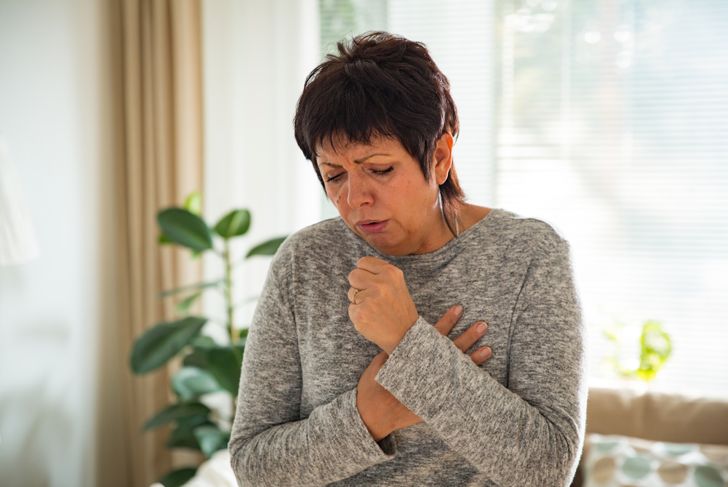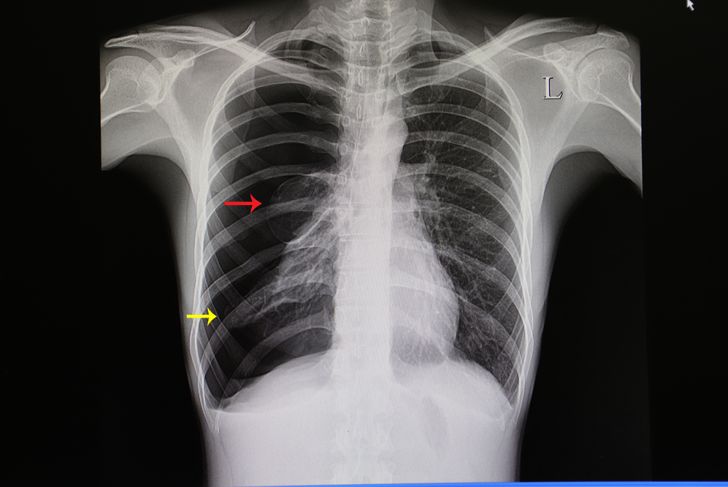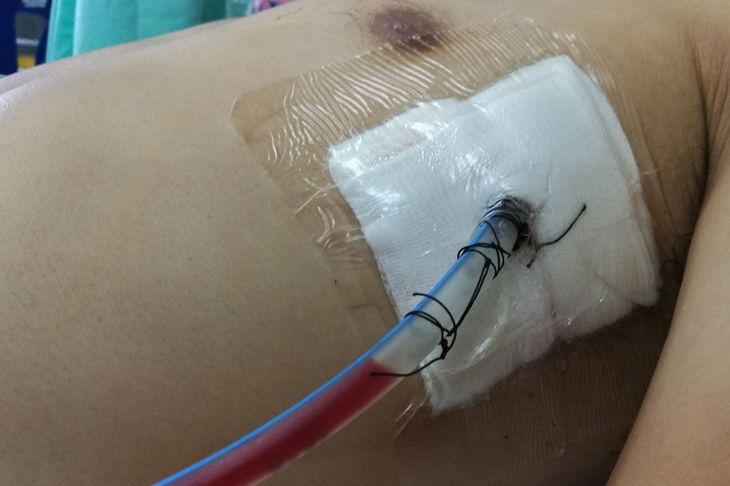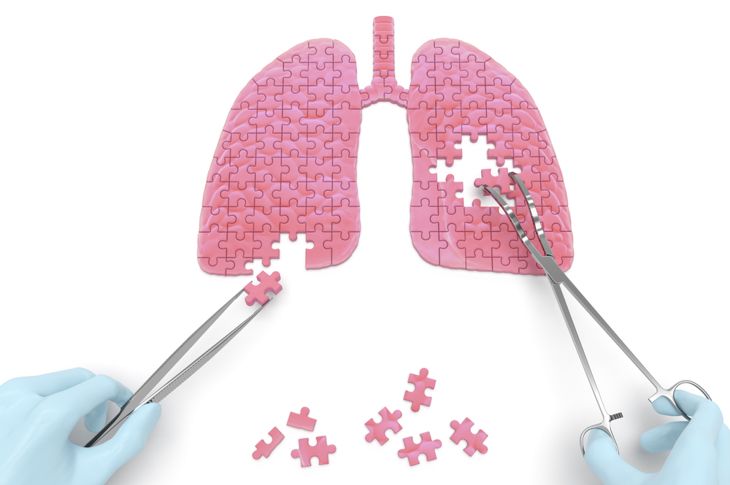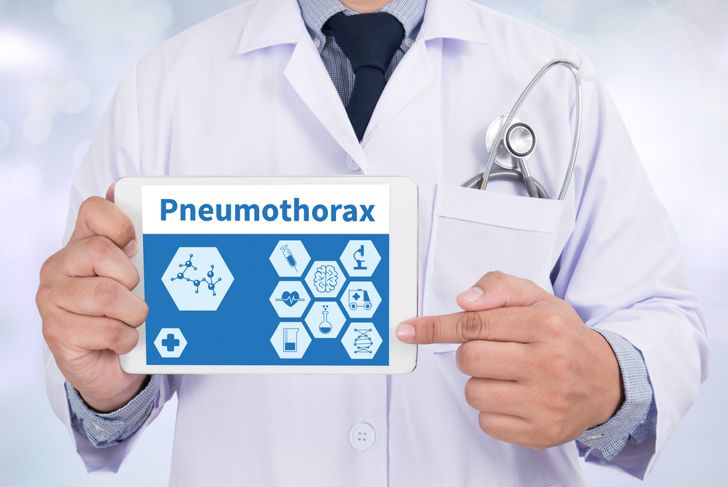Pneumothorax occurs when air gets trapped between a lung and the chest wall. This causes pressure on the lung, which can force it to give way, partially or completely, resulting in a collapsed lung. Since the lung cannot expand fully, breathing is difficult. In mild cases, some people do not notice any changes and the issue can resolve itself over time. More serious cases require surgery.
Causes
This breathing condition usually occurs because of an injury. However, lung disease may be the underlying cause of pneumothorax in some cases. Spontaneous pneumothorax develops on its own when no disease or injury is present. While a small spontaneous pneumothorax may be treated without medical attention, one caused by injury or lung disease requires treatment.
Symptom: Chest Pain
Chest pain is a primary symptom of pneumothorax. It generally has a sudden onset and is a sharp pain. You may also experience tightness in your chest. If you have chest pain, seek emergency care, especially if the condition is severe. This could be a warning sign of something serious.
Symptom: Shortness of Breath
Another common symptom of pneumothorax is shortness of breath. Since you are dealing with a collapsed lung, it is natural you experience breathing issues. However, if you ever have trouble breathing, do not hesitate to seek medical attention. Besides shortness of breath, this respiratory condition might cause you to breathe rapidly as well.
Symptom: Bluish Skin
Medically known as cyanosis, having a bluish color to your skin is another sign of pneumothorax. This is a direct sign of a collapsed lung because it occurs when blood oxygen levels are decreased. Consult with a medical provider right away if you experience cyanosis or bluish skin. That way, you can seek diagnosis and treatment.
Symptom: Faster Heartbeat
Tachycardia is a medical term that describes when the heart pounds faster than 100 beats per minute in adults. A collapsed lung may cause your heartbeat to speed up in some cases. Besides rapid heartbeat, heart palpitations can occur. This is when your heart is beating too hard or too fast; for some people, it can feel like it skips a beat in a fluttering sensation.
Symptom: A Cough or Fatigue
A cough is a common symptom of several breathing ailments. It is also associated with pneumothorax. Fatigue, or extreme tiredness, is another sign of a collapsed lung. Although these are broad symptoms, you should visit your doctor if you have a lingering cough. It’s okay to be sleepy once in a while, but constant fatigue might be an underlying sign of something more serious.
Treatment: Observation
Treating pneumothorax involves relieving the pressure on the lung so it can expand again. In minor cases of pneumothorax, you may not require any actual treatment besides time. It is essential to attend all of your appointments and follow-up visits with your medical provider to monitor your progress. You will need a series of x-rays. It might only take a week or two for the excess air to be absorbed and your lung inflated. Temporary supplemental oxygen can lessen the absorption time and speed up the healing process.
Treatment: Needle or Chest Tube Insertion
Depending on your condition, your doctor may recommend removing the excess air from your chest. This is more likely if a larger portion of your lung has collapsed. Either a hollow tube or needle is inserted into the air-filled cavity between the ribs. The needle or tube then presses onto the collapsed lung. A syringe is attached to the needle to physically pull out the air just as it would with blood in a vein. The tube, which acts as a suction device, might need to stay attached for hours or days.
Treatment: Surgery
If a chest tube does not resolve the issue, surgery may be required to close the leak. People with lung disease or repeated collapsed lungs will also need an operation. A small, fiber-optic camera along with narrow surgical tools enters the cavity through a tiny incision. Your surgeon will discover the problem and close it off. A particular material might be used to seal the leak and allow the tissues to stick back together. If you have multiple or large air leaks, a bigger incision between your ribs might be necessary for better access. A process called pleurodesis might also help. This involves injecting doxycycline medicine into your chest through a tube. The substance triggers inflammation, which allows the lung to inflate and stick to the chest wall.
Healing
As you wait a couple of weeks for your lung to heal, there are several things to keep in mind. You will have to return to your routine slowly. Walking and low-impact exercise is preferred opposed to running, biking, or contact sports. You should always be on the lookout for warning signs such as chest pains or coughing up blood; that shows your lung has need healed. Do not lift any objects heavier than a gallon of milk. You should not push the vacuum or mow the lawn either Avoid riding an airplane for about a month to make sure your lung is repaired. You might have to cut out scuba diving for good, but snorkeling is a nice alternative. If you smoke, quit as soon as possible.

 Home
Home Health
Health Diet & Nutrition
Diet & Nutrition Living Well
Living Well More
More